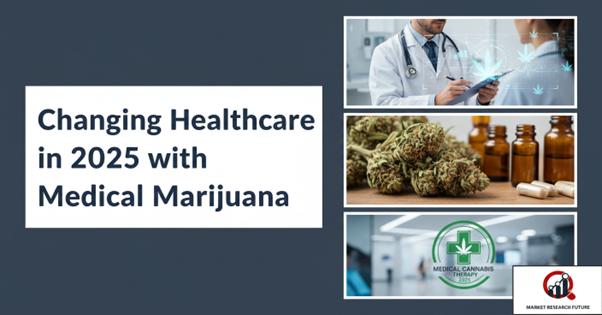How Medical Marijuana is Disrupting the Healthcare Industry

An Overview of Medical Marijuana
Medical marijuana is changing the way we think about healthcare by giving patients with chronic illnesses like cancer, HIV/AIDS, and anxiety new ways to find relief. It can help with everything from pain and nausea to stress, which makes life better for patients. Cannabis is becoming more well-known as a useful tool in modern medicine as research continues and more people accept it.
The law about Medical Marijuana
Laws about medical marijuana are different in different parts of the U.S., and they keep changing. Some states let doctors prescribe cannabis for certain conditions, but others have strict rules about it. Patients who want treatment must follow the rules of their state in order to get legal advice. Federal rules also play a role, making it hard for healthcare providers to know what to do when they prescribe cannabis.
Changes in the Healthcare Industry
Healthcare organizations are slowly starting to use medical marijuana in their patient care. Professional groups and lobbyists want laws that are easier to understand, education, and safe access to cannabis. Doctors are now looking into cannabis as a complementary therapy, using it alongside traditional treatments and new ones to get the best results for their patients.
Medical cannabis can help with these conditions:
Medical marijuana can help with a number of conditions, such as chronic pain, neurological disorders, nausea from chemotherapy, and mental health issues. There are rules in place to control prescriptions, but people are still interested in them because of the possible benefits.
Following the Rules
The Controlled Substances Act and other federal laws require healthcare professionals to follow strict rules when they recommend cannabis. Compliance protects patients and providers from the legal risks of controlled substances.
Final Thoughts
Medical marijuana is causing more and more problems in the healthcare industry by providing new treatment options and improving patients' experiences. Cannabis is likely to become a common therapeutic tool as laws change and research grows. It will fill the gap between traditional medicine and modern, patient-centered care.

Leave a Comment